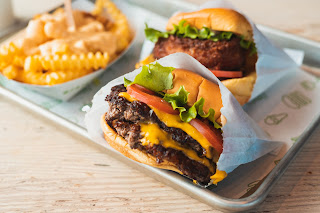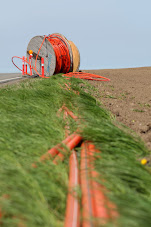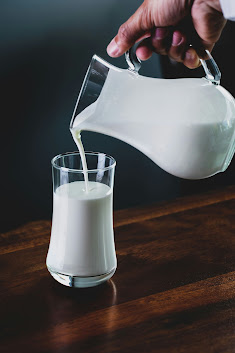 |
| Grocery prices have increased 23% since 2019. (Unsplash photo) |
Over the past six years, NPR’s Alina Selyukh has been tracking Walmart’s prices to analyze just how much the cost os groceries has increased.
“Compared to 2019, prices on my list, on average, rose 25%... And that's not far from federal inflation data: Cumulatively, U.S. prices are up 23% since 2019,” according to Selyukh, who attributed the majority of price increases to issues related to COVID. “The pandemic shifts were seismic.”
While a Walmart representative wrote in a statement to NPR that the company is “committed to providing an Every Day Low Price experience both in stores and online," it has had to keep up with increases in shipping and manufacturing costs leading to a higher total at the checkout counter, wrote Selyukh and NPR's Juweek Adolphe.
Shipping cost increases led to more expensive fertilizer and paper for packaging, for example. Also, “U.S. companies are paying higher import fees — and passing some of that cost on to shoppers,” Selyukh and Apolphe wrote.
Not only are the items in the shopping cart growing more expensive, but Selyukh and Apolphe have noticed reductions in the quantity of some items. “Tide liquid laundry detergent now comes in a smaller container — 84 ounces instead of 100 ounces — but costs $1 more,” they wrote.












